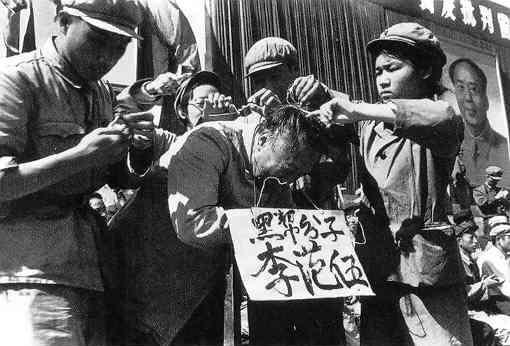Commentary
As Jews around the world celebrate the festival of Purim (March 20 to March 21 this year), gentiles have cause for celebration, too. Purim teaches universal lessons especially relevant today: the courage to embrace a politically disfavored identity, the righteous use of force against mass murder, and the duty to obliterate the wicked names of murderers and would-be murderers.





